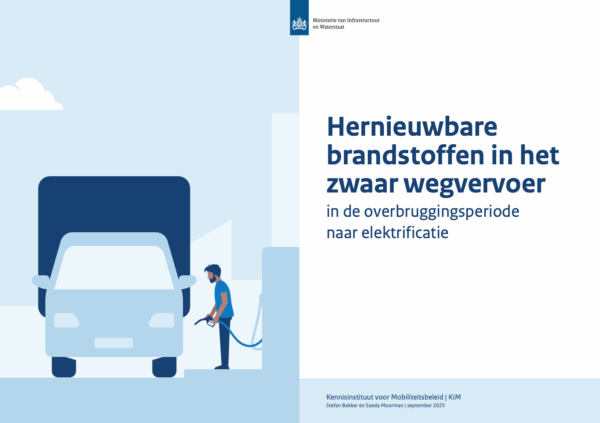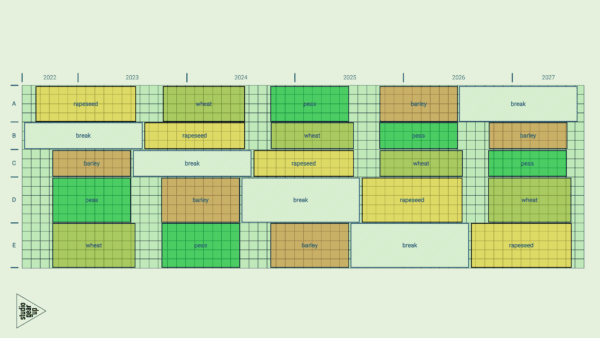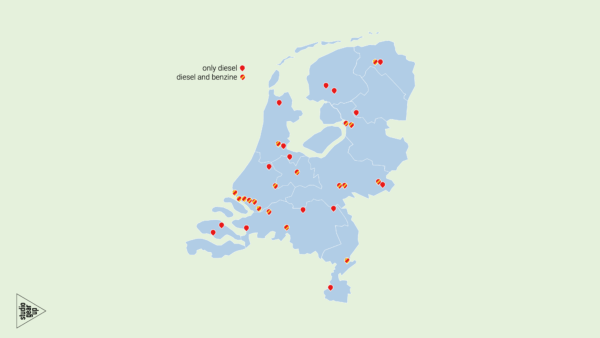For: Multinational energy company
[December 2022 – December 2023]
Our client, a market player within the Dutch oil and energy industry, sought clarity on the EU regulatory landscape for feedstock for biofuels. With a vision of producing advanced biofuels with low well-to-wheel carbon intensity, they required insights into how certain feedstocks would be viewed under the evolving regulatory frameworks, mainly the European Renewable Energy Directive (including the latest amendments) and the legislations governing the aviation and maritime sectors.
We conducted an in-depth analysis of the specific characteristics of different bioenergy feedstocks, their cropping systems, and the type of land considered. We, furthermore, considered cultivation practices for annual and perennial crops, yield potential, fertiliser inputs and harvesting methods. We explained the RED methodology to calculate greenhouse gas emissions and savings and how this method compares to (and connects to) methods in the voluntary carbon market. and carbon footprint calculations, we have drafted carbon intensity estimations for several shortlisted feedstock types. In addition, we provided a preliminary assessment of the categorisation of these feedstocks under the Renewable Energy Directive.
Our analysis and assessment offered a comprehensive understanding of the policy and regulatory framework, along with an evaluation of the eligibility, opportunities, and risks associated with the considered feedstocks and planting concepts. Our insights on what crops and cultivation set-ups to consider, what potential sustainability concerns might exist or arise, and what types of land to consider, equipped our client with the knowledge needed to navigate complex regulatory landscapes and to make well-informed investment decisions to capitalize on sustainable feedstock opportunities.



